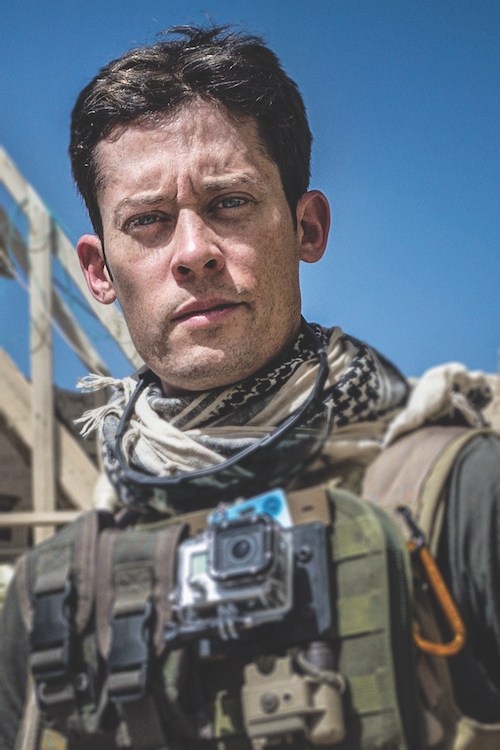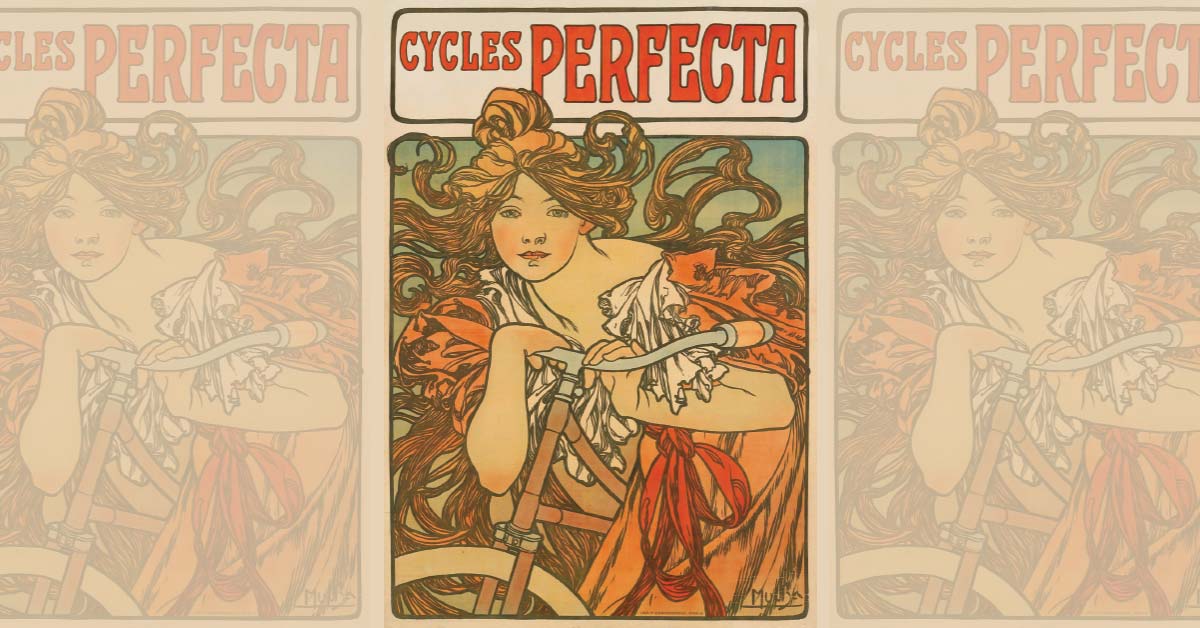Ryan Spencer Reed just wants to change the world.
In 2004, the Calvin College alum sparked a national conversation on the War in Darfur with his photography, taking the exhibit on a university tour across the U.S. Since then, he’s worked as a photojournalist around the world.
One well-known project put the spotlight on Detroit and the rapid rise and fall of America’s industrial empire. Then in 2014, Reed’s exhibit Despite Similarities to Reality, This is a Work of Fiction was displayed at the Grand Rapids Art Museum during ArtPrize, with 61 photos documenting two years of life with the Band of Brothers Army battalion in Afghanistan.
Now, Reed is working with local artist Stephanie Sandberg and a team of others on Stories In Blue, an entry in this year’s ArtPrize. The piece, displayed at Crossroads Bible Church, combines photography, music, film and live theatrical performance to tell the untold story of human trafficking in West Michigan.
Reed spoke with Revue about his projects and artistic process.
Some of your most notable work is from your time in Sudan. How did those exhibits influence the conversation on Darfur here?
Within a couple of years touring those exhibits at universities, eight out of 10 of these college campuses had Darfur-specific student activism groups advancing incredibly powerful, tangible action points, like divesting university pension funds from the corporations that were essentially underwriting genocide in Sudan through their business dealings with the Sudanese government.
I can tell you, without a shadow of a doubt, that South Sudan, the newest nation on the planet, exists because of college kids in this country.
How has the experience impacted you personally?
My life since has been focused on recreating that kind of confluence of bizarre events and experiences to have that kind of effect (I had in Darfur). What I’ve become most interested in is this theme of empire. It is fascinating, and I think it’s worth examining our own struggle with that as a superpower, and as a nation as a whole.
know you had some issues with working for publications in the past. How has working independently changed the way you tell the story?
I’ve been able to free myself aesthetically, and in a way, ethically. Sometimes there are other ways to tell these stories, but I know what’s true. When I’m culling 30,000 pictures from the soldier story stuff, I am relying on my experience, not an editor that wasn’t there. I know that what I’m bringing to people is what I feel is the essential narrative. And in that way, I’m doing what I feel is right.
Can you break down your artistic process for us?
It starts with a certain set of criteria, because there are a lot of things happening around us all the time. I only have so much time and so much of a financial engine to go and find those specific images.
What are those essential criteria?
First, you have to choose a topic or theme or story. For me, it has to begin at a place of extreme personal curiosity. I know that anything that I choose to tackle is something I want to take on for a long period of time, and there will be a lot of difficulties along the way. So that personal curiosity has to drive me through.
Makes sense. What else is important?
I have to believe that I can cultivate a unique and extraordinary point of access to that story or issue. … From there, it also has to be something that is not just for my own pleasure or interest — it has to have some level of broader implication. Then I think it’s about choosing the right tool, whether that’s the right lens or format. And then it’s about personal relationships.
This process seems atypical for photography. It’s like you construct this story and capture the image after the fact. Is that right?
I do think there is construction in there. That is a very appropriate word to use, because there are choices that are made all along the way — what books to read, what scholars to talk to, what doc films to watch, what people are going to serve as sources of information on the ground telling me where to go, what to point your camera at, etc. There’s a lot of talk involved in photojournalism and in documentary about the ethics of what is both inside and outside the frame.
Many of your photos of Detroit have a certain obscurity or uncertainty to them, especially compared to previous projects. What led to that?
I think that each project, each story, each picture requires a different treatment. In some cases, it’s enough to just let it be this funky, blurry, dark picture of a house and leave it at that. If you say no more, maybe that house transcends what it is. Because you made conscious choices to drag the shutter and make it blurry and screw with the focus and obscure and abstract it, to the point that it transcends that house and becomes a symbol for whatever baggage a person in the audience would bring to that picture.
How would a viewer’s “baggage” change what a photo represents?
Maybe they see the idea of the American dream in that picture, or they see a home on their block that gives them a sensation of an experience that was never intended, but is equally as valuable. If you can get your audience to buy in, it’s kind of like a penny for a pound. I’m less interested in pictures that just kind of wrap everything up in a bow and present it. There’s nothing really to do with that, other than to see a representative artifact of yet another thing.
What’s your next big project?
I am going to participate in ArtPrize this year in kind of a support role for a project on human and sex trafficking in West Michigan. It is much more a set of theatrical performance that will be taken to the street and performed in the street. I would say it’s like documentary theater. All of the content has emerged from hours and hours of interviews with victims.
How does working on this project tie into your philosophy?
I am fascinated by the idea that in a certain place and certain time, a conversation will take place. And I’m fascinated by the challenge of hijacking that conversation, if only in some small way, or nudging it in a direction that is more about the issue of consciousness and justice. That is what I am trying to do at ArtPrize, those three years that I have entered. And I think we can do it again.





